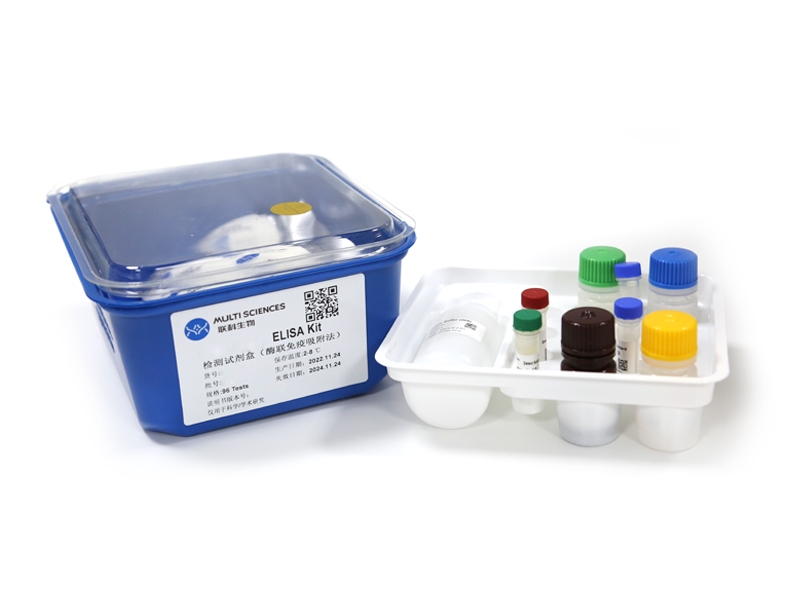Photodynamic therapy (PDT) is a minimally invasive and locally effective treatment method, which has been used in the clinical treatment of a variety of superficial tumors. In recent years, PDT has received extensive attention due to its induction of immunogenic cell death (ICD). However, the repair mechanism of tumor cells and low immune response limit the further development of PDT. To this end, a multifunctional biomimetic nanoplatform 4T1Mem@PGA-Ce6/Ola (MPCO) is developed to co-deliver the photosensitizer Chlorin e6 (Ce6) and Olaparib (Ola) with the function of preventing DNA repair. The nanoplatform shows efficient tumor targeting and cellular internalization properties due to cell membrane camouflage, and Ce6 and Ola produce a significant synergistic anti-tumor effect under laser irradiation. Meanwhile, the nanoplatform can also activate the cyclic guanosine monophosphate-adenosine monophosphate synthase-interferon gene stimulator signaling (cGAS-STING) pathway to produce cytokines. The damage-associated molecular patterns induced by ICD can work with these cytokines to recruit and stimulate the maturation of dendritic cells and induce the systemic anti-tumor immune response. Overall, this multifunctional biomimetic nanoplatform integrating PDT, chemotherapy, and immunotherapy is highlighted here to boost anti-tumor therapy. STATEMENT OF SIGNIFICANCE: Self-repair of DNA damage is the most important reason for the failure of primary tumor eradication and the formation of secondary and metastatic tumors. To address this issue, a multifunctional biomimetic nanoplatform 4T1Mem@PGA-Ce6/Ola (MPCO) was developed to integrate a photosensitizer Chlorine a6 and a poly (ADP-ribose) polymerase inhibitor Olaparib. With tumor targeting ability and controlled release of drugs, the MPCO was expected to enhance tumor immunogenicity and facilitate antitumor immunity through the induction of immunogenic cell death as well as the activation of the cGAS-STING pathway. This study develops a promising combination strategy against tumors and has substantial implications for the prognosis of patients with breast cancer.
文章引用产品列表
-
- EK282
- ELISA试剂盒
Mouse TNF-a ELISA Kit检测试剂盒(酶联免疫吸附法)
- ¥1,600.00 – ¥10,800.00
-
- EK280
- ELISA试剂盒
Mouse IFN-gamma ELISA Kit检测试剂盒(酶联免疫吸附法)
- ¥1,600.00 – ¥10,800.00
-
- EK2236
- ELISA试剂盒
Mouse IFN-β ELISA Kit检测试剂盒(酶联免疫吸附法)
- ¥2,000.00 – ¥10,800.00
-
- EK210
- ELISA试剂盒
Mouse IL-10 ELISA Kit检测试剂盒(酶联免疫吸附法)
- ¥1,600.00 – ¥10,800.00
-
- EK206
- ELISA试剂盒
Mouse IL-6 ELISA Kit检测试剂盒(酶联免疫吸附法)
- ¥1,600.00 – ¥10,800.00



